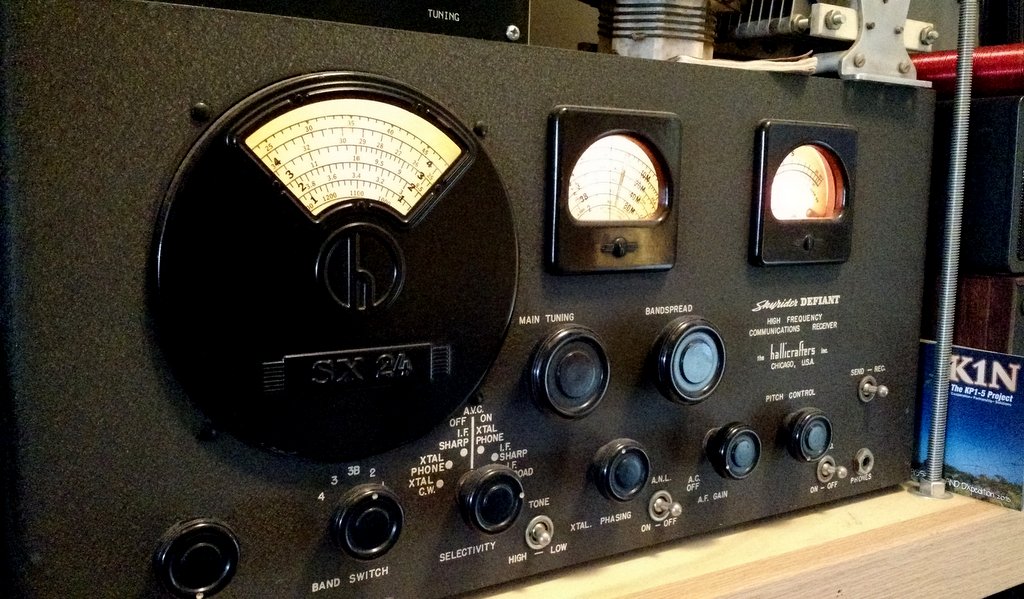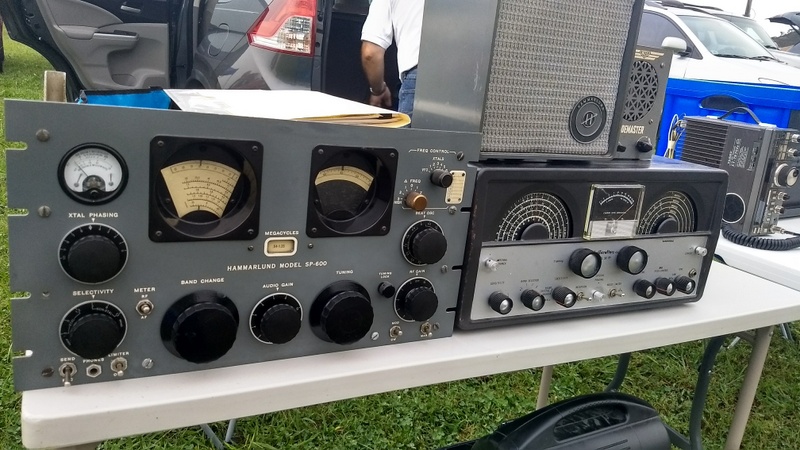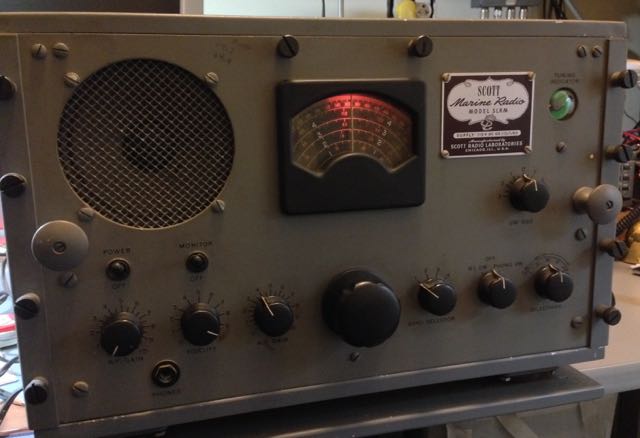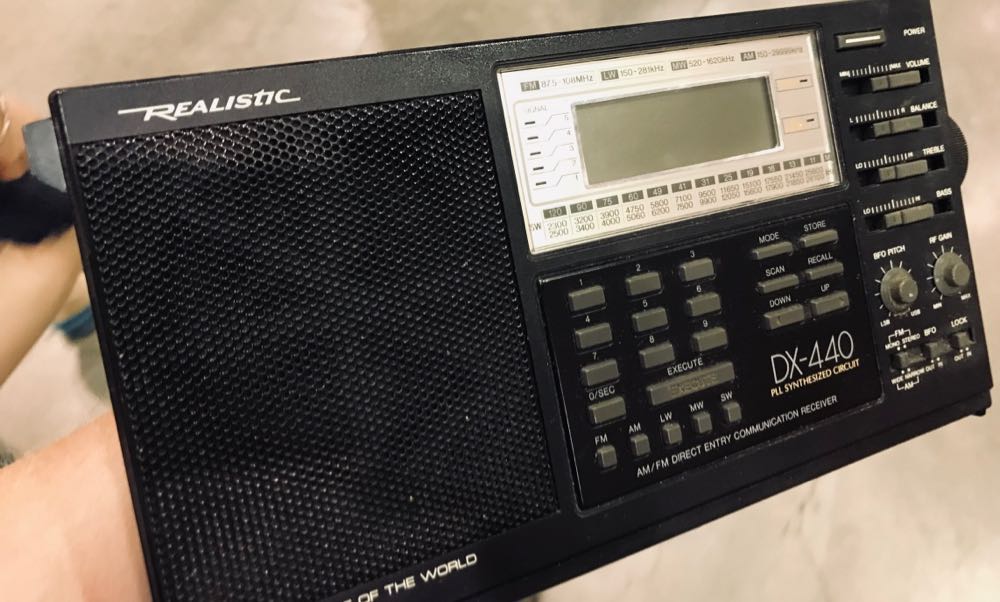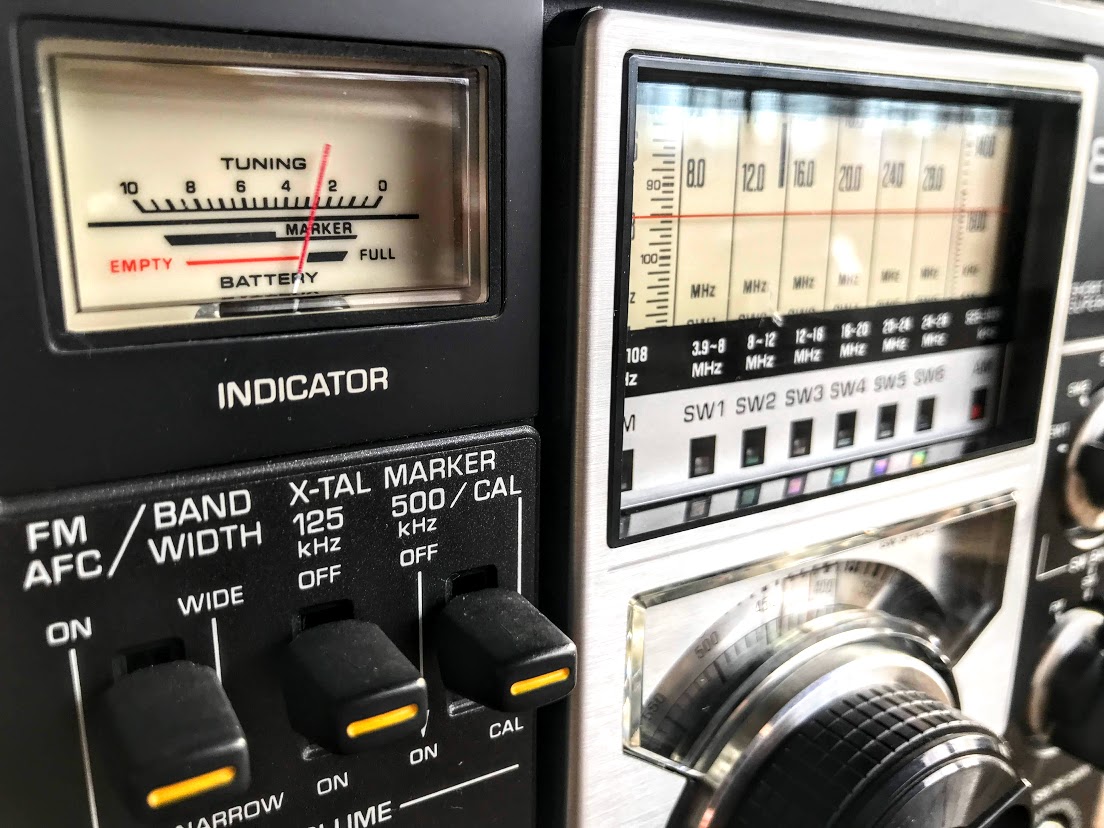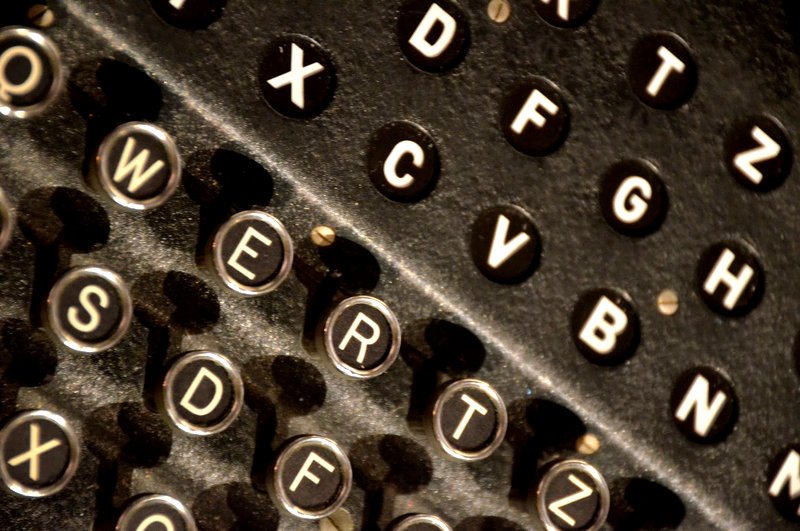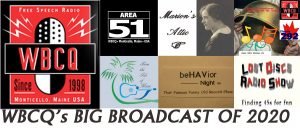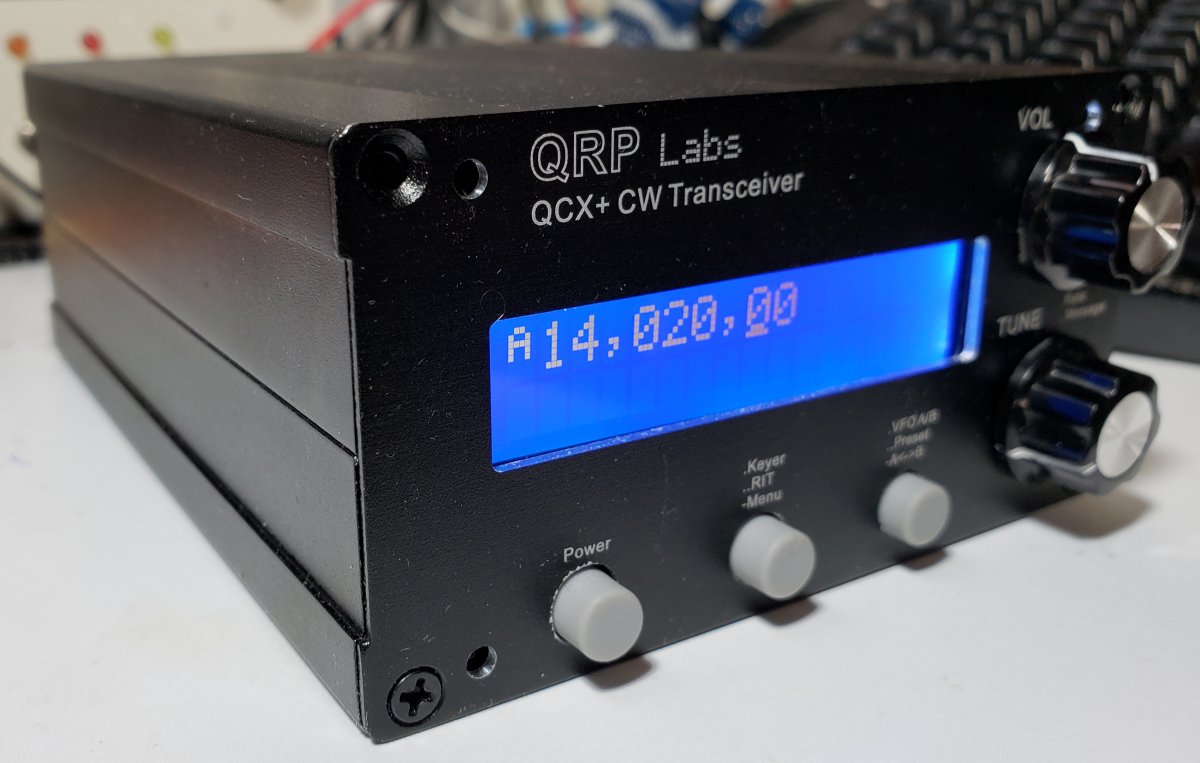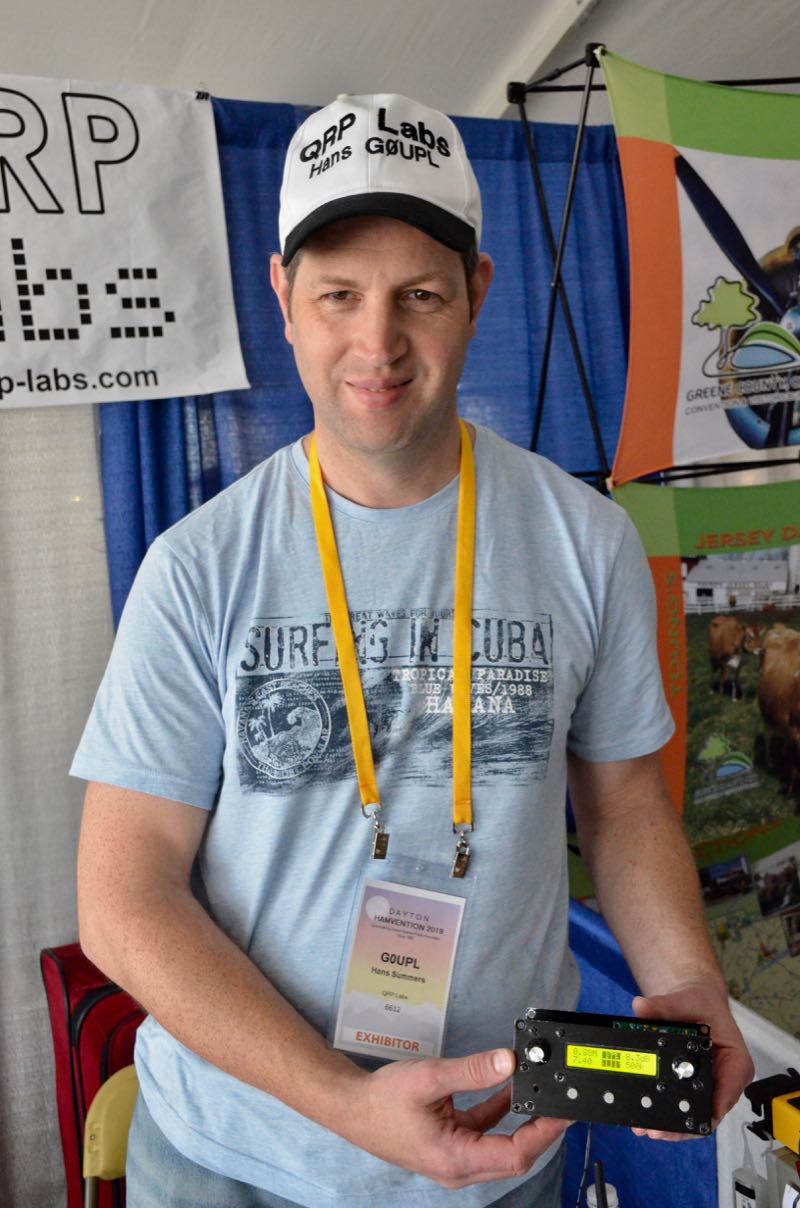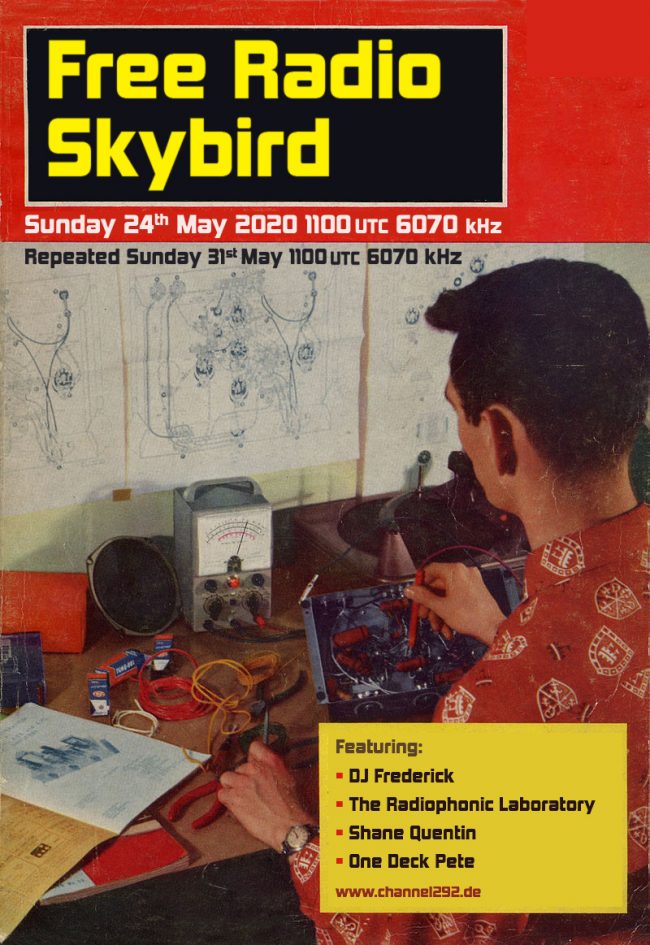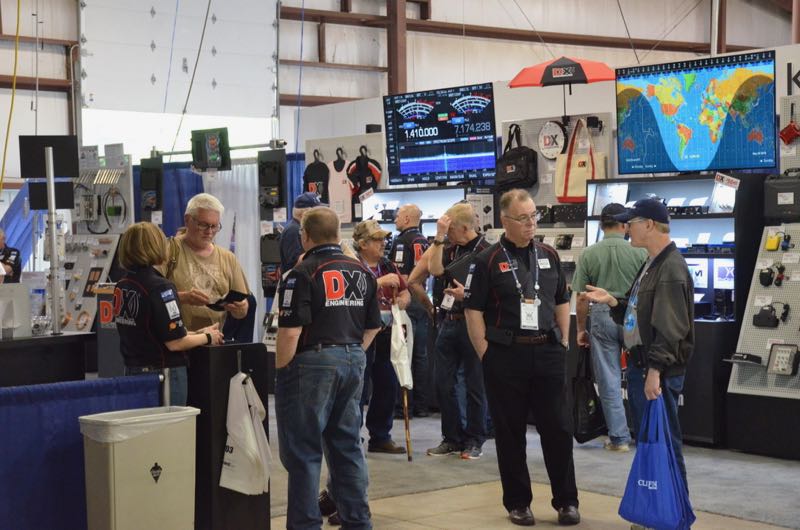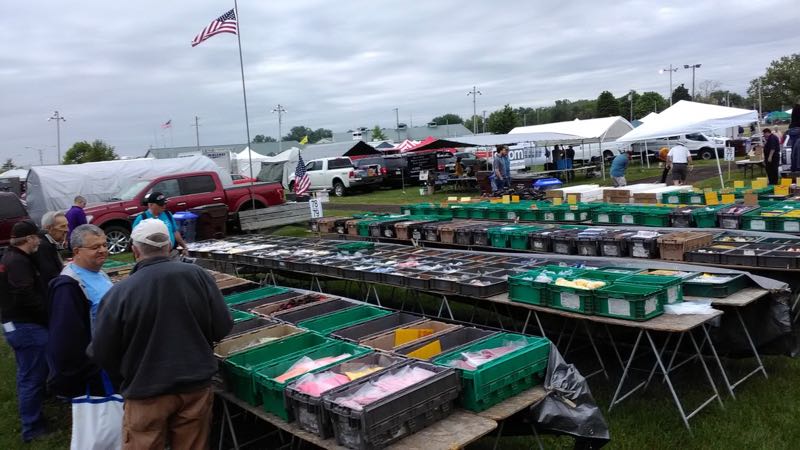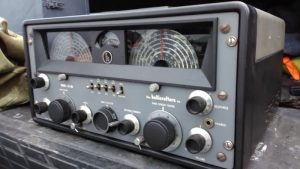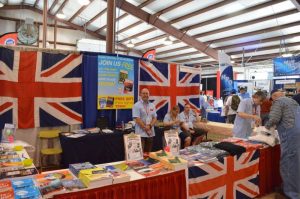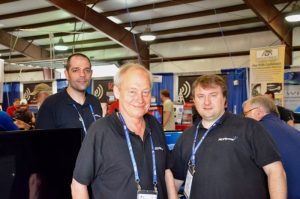A lot of radios come through SWLing Post HQ each year.
Over the years, I’d like to think that I’ve become immune to the effects of giving away, trading, or selling radios that have been in the shack for a while. But let’s face it: I’m just fooling myself!
As I’ve said before, I find it much easier to part with modern portables, transceivers, and SDRs than I do with vintage gear. With modern gear, I feel like there’s always something new around the corner, thus it’s easy to justify. Plus, I take in so many units on loan for evaluation and review, I see them come in the door and go back out. Occasionally, I like one so much I buy it, but there’s not a lot of attachment. I’m not a “fan boy” of any modern company either, so I don’t intentionally collect rigs.
Ah, but the vints…
I’m a nostalgic guy, so vintage gear comes with more emotional attachment.
Over the years, I’ve had to part with a number of boat anchors because, frankly, I always need a clear space in the shack for evaluating gear and my shack is rather compact. (For example, at one point last year, I had three transceivers here for evaluation all at the same time.)
My Hammarlund SP-600was a very tough one to let go of. I justified it by selling the big girl to my good friend Charlie (W4MEC) who had actually helped me replace some of her capacitors at one point. The SP-600 was simply too deep and too large to fit even on my over-sized radio shelves–especially if mounted in a chassis. Charlie has a much better setup for rack-mounted “heavy metal.” She’s got a good home now.
There are two vintage sets I’ll never sell: my Signal Corps BC-348-Q and my Scott Marine SLRM (photo above). How much do I love these radios? My wife has strict instructions to “put’em in the casket with me!”
There are only two portable radios I regret selling: my original RadioShack DX-440 and my Grundig YB400.
No doubt, I miss these radios because they both served me for so many years. We traveled many countries together both on the ground and through the airwaves.
Parting is such sweet sorrow…
Have you ever regretted parting with a radio? Please comment with the model and why it was special to you. I’d also love to hear about the models you currently own and would never consider selling or giving away.

